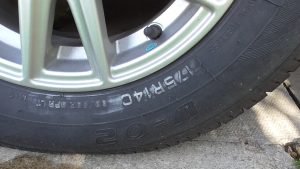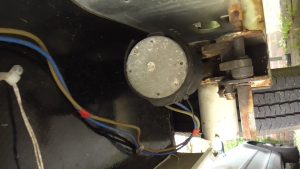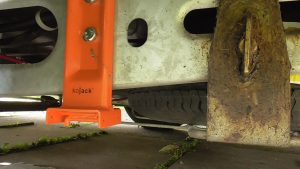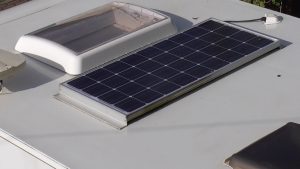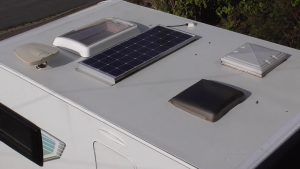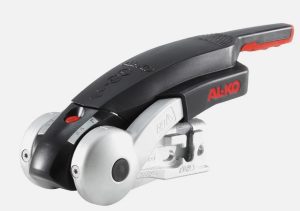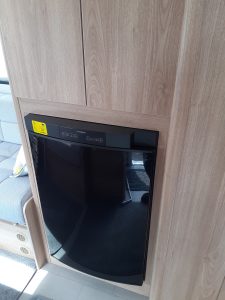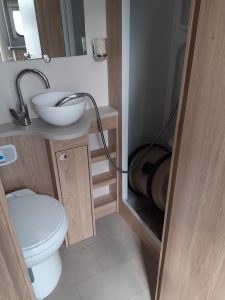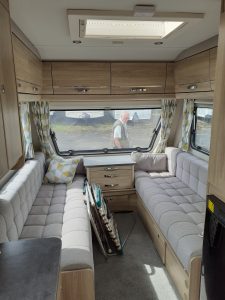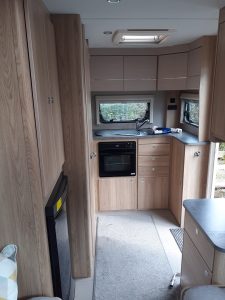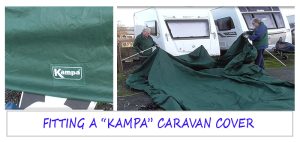Beware – when buying a secondhand caravan
We have just bought a secondhand caravan. Sad to call it second hand as it is for us a “new” caravan. Buying a secondhand caravan can be a great way to get into the world of caravanning without the cost of a new model. However, it requires careful consideration to ensure you’re making a wise investment. Here’s a comprehensive guide on what to look for when buying a secondhand caravan:
Considering Buying a Secondhand Caravan?
Having just bought a secondhand caravan to replace our older secondhand caravan, I want to highlight some of the things we considered before settling on the one we eventually chose.
This is the layout we settled on as it is compact but not small. It also has every thing we need including tons of packing space.
- What weight can your car tow? This is the very first question to ask. You want to match the two so you get a well balance rig that allows you to tow with safety first and ease up hills and in tight situations. Read this article by the caravan club on matching your car to a caravan.
- Size and Layout: Determine the size and layout that fits your needs, including the number of berths, layout preferences (fixed beds, seating arrangements), and any special features.
- Budget: Set a clear budget, including potential repair or refurbishment costs.
- Compare Prices: Look at various sources such as online classifieds, dealer websites, and caravan magazines to get an idea of market prices for the type and age of caravans you’re interested in.
What to look for when you start your search for a secondhand caravan.
Once you have a clear idea of what models you like and what you require for the caravan you want to buy it is time to search for some and go and look at them. A good caravan dealer will always have some secondhand caravans in stock as people trade them in for newer models. Visit some dealers near you and take a look around some of the vans.
- Initial Inspection , Take notes of what the sales person says, they often highlight certain issues common to brands of vans.
- Condition, Look at the condition that goes along with the price the dealer wants. It will help you decide if you are getting your monies worth when you choose yours. Consider the age, the price, the condition of cupboards, toilets, taps, cookers, ovens, blinds, fridge etc inside. Tyres, widows, jockey wheel, awning rails, light fittings and towing electrics, gas fittings in the locker on the outside.
- Assess Cleanliness: Check if the interior is clean and well-maintained. Look for any signs of dampness or musty odors.
- Check for Damage: Look for signs of damage such as cracks, dents, or rust on the exterior. Pay attention to the condition of the roof, sides, and windows. look inside for signs of leaks, soft walls and soft floors, coverings that don’t match could indicate a previous problem or hide a current one.
- Assess Seals and Joints: Examine seals and joints around windows, doors, and roof for wear and tear. Leaks in these areas can cause significant damage over time.
TOP TIP: lots of issues you spot can be fixed very easily. Damp and damage can’t, it can be expensive and if you have one patch of damp, there will be another. All caravans can leak.
What you need to check on caravan tyres
- Check the condition of the tyres, including tread depth and signs of cracking. Tyres older than five years may need replacing. Caravans do not use car tyres. Look for a date on the tyres, sometimes the rubber has a date stamp. Caravan tyres often have a “C” after the size.
- Flat spots or irregular shaped tyres. This can happen if it has been standing in the same spot for a long time.
- Under the caravan you will see a cage with a spare wheel in it. Some older vans stored the spare tyre in the front locker. All should be checked.
What is under the caravan?
- By lying on the ground and edging under the caravan you can look at the wiring, as well as the chassis and floor.
- Look at the chassis and undercarriage for any signs of rust or corrosion.
- By examining the floor you may see darker spots or even soft spots. That is a sure sign of damp. Showers, are often the main cause of damp floors. The other area which allow for floor dampness are the outside lockers. If they are left open in a rain storm or are not always closed properly water will leak in and eventually cause damage to the floor.
Having a solar panel on the top of the caravan.
More recently it has been popular to install a solar panel on the roof of the caravan so it keeps the battery charged. If the caravan you are looking at has one, ask for a ladder and take a look at how it is fixed on. Are there mounting holes in the roof that may require yearly maintenance. Is everything sealed and fixed on well so it doesn’t blow off when travelling.
Final checks before buying your chosen secondhand caravan.
- Plumbing and Electrical Systems
- Test Water System: Turn on taps, check for leaks, and assess the water pressure. Ensure the hot water system is functional.
- Inspect Electrical System: Test all electrical outlets, lights, and appliances. Check the condition of the wiring and fuses. Make sure the tow cable plug fits into the socket on you car. You can buy adapters if it does not match the pins.
- Check Heating System: Test the heater to ensure it’s working properly.
- Inspect Ventilation: Ensure the ventilation system is functional, including any extractor fans and air conditioning units. Try open all the skylights and make sure they open and close properly.
- Examine Tow Hitch: Check the condition of the tow hitch. Take a photograph with your phone camera of the inside of the tow bar. This will allow you to see if the stabilizer bars are in place. Also check the jockey wheel works and does not have any flat spots.
- Obtain Manuals: Request any user manuals or documentation related to the caravan’s appliances and systems.
So you have chosen and bought you new secondhand caravan.
Hitching up and towing away a strange caravan can be very daunting. Before you leave check all lights are working. Drive a short distance and apply the brakes just to make sure the do work. You will now be taking your van on it’s first journey. Find stopping places along the way if possible and check heat on tyres and wheels. Listen for any strange out of place noises as you drive. The spare wheel cradle is often a culprit for noise. When you arrive home, you can happily check and change anything that needs attention.
Conclusion
Buying a secondhand caravan requires thorough inspection and research to ensure that you’re making a sound investment. By following these steps and paying close attention to the condition and history of the caravan, you can find a reliable and enjoyable vehicle for your adventures. Always take your time and, if necessary, seek professional advice to ensure you make an informed decision.
We bought a secondhand caravan, this is what we bought to continue our adventures around the UK.
We purchased a 2020 Elddis 422 Xplore. Here are some additional pictures and specifications. I have used some of the van pictures throughout this blog.




